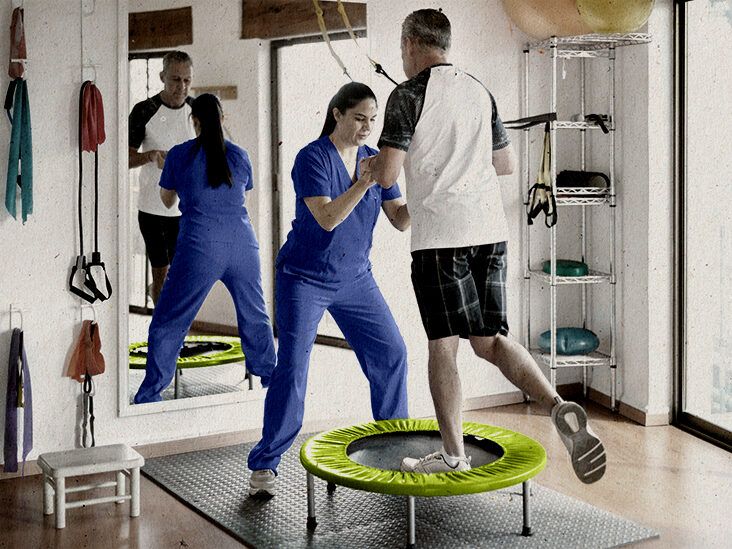Exploring the Impact of Hands-on Treatment Techniques on Reducing Musculoskeletal Pain and Improving Patient Results
Exploring the Impact of Hands-on Treatment Techniques on Reducing Musculoskeletal Pain and Improving Patient Results
Blog Article
Hands-on treatment methods are hands-on methods used by healthcare professionals to treat muscle and joint discomfort. Such methods include various types of adjustment and mobilization of the body’s muscles and joints. The goal of hands-on treatment is to alleviate discomfort, enhance mobility, and enhance overall function. Numerous people suffer from muscle and joint discomfort due to injuries, poor posture, or disorders like joint inflammation. By applying manual treatment, practitioners aim to tackle these issues and help patients regain their standard of life.
One common hands-on treatment method is spinal manipulation. This technique involves applying precise pressure to the vertebral column to enhance positioning and decrease discomfort. Studies has shown that spinal manipulation can be effective in treating lumbar spinal discomfort and neck discomfort. Another method is gentle tissue manipulation, which focuses on reducing tightness in the muscle tissue and soft structures. This can help reduce rigidity and enhance flexibility, making it easier for clients to navigate without pain. Both methods can be customized to satisfy the individual requirements of each patient, ensuring a personalized method to treatment.
In addition to pain relief, hands-on therapy can improve patient outcomes in multiple aspects. For example, it can improve circulation, which helps supply oxygen and nutrients to the affected areas of the body. Improved circulation can also encourage recovery and alleviate swelling. Additionally, manual therapy can help patients gain enhanced physical consciousness, which is crucial for avoiding subsequent injuries. By understanding how their bodies function, patients can make more informed choices about their activities and posture, leading to long-term advantages.
The efficacy of manual therapy is often supported by patient feedback. Numerous patients report significant gains in their discomfort intensity and overall performance after undergoing treatment. This favorable reaction can lead more to increased drive for patients to engage in rehabilitative activity and rehabilitation exercises. When patients feel better, they are more likely to engage in their rehabilitation journey, which can further enhance their outcomes. This collaborative method between the therapist and the patient is crucial for attaining enduring outcomes.
In conclusion, hands-on therapy methods play a vital role in relieving musculoskeletal discomfort and enhancing patient outcomes. By using methods such as vertebral adjustment and gentle tissue mobilization, healthcare professionals can help patients recover mobility and reduce pain. The benefits of manual therapy extend beyond instant discomfort relief, as it also promotes healing and motivates patients to take an active role in their rehabilitation. As more people look for efficient treatments for musculoskeletal concerns, hands-on therapy remains to be an important choice in the realm of healthcare.